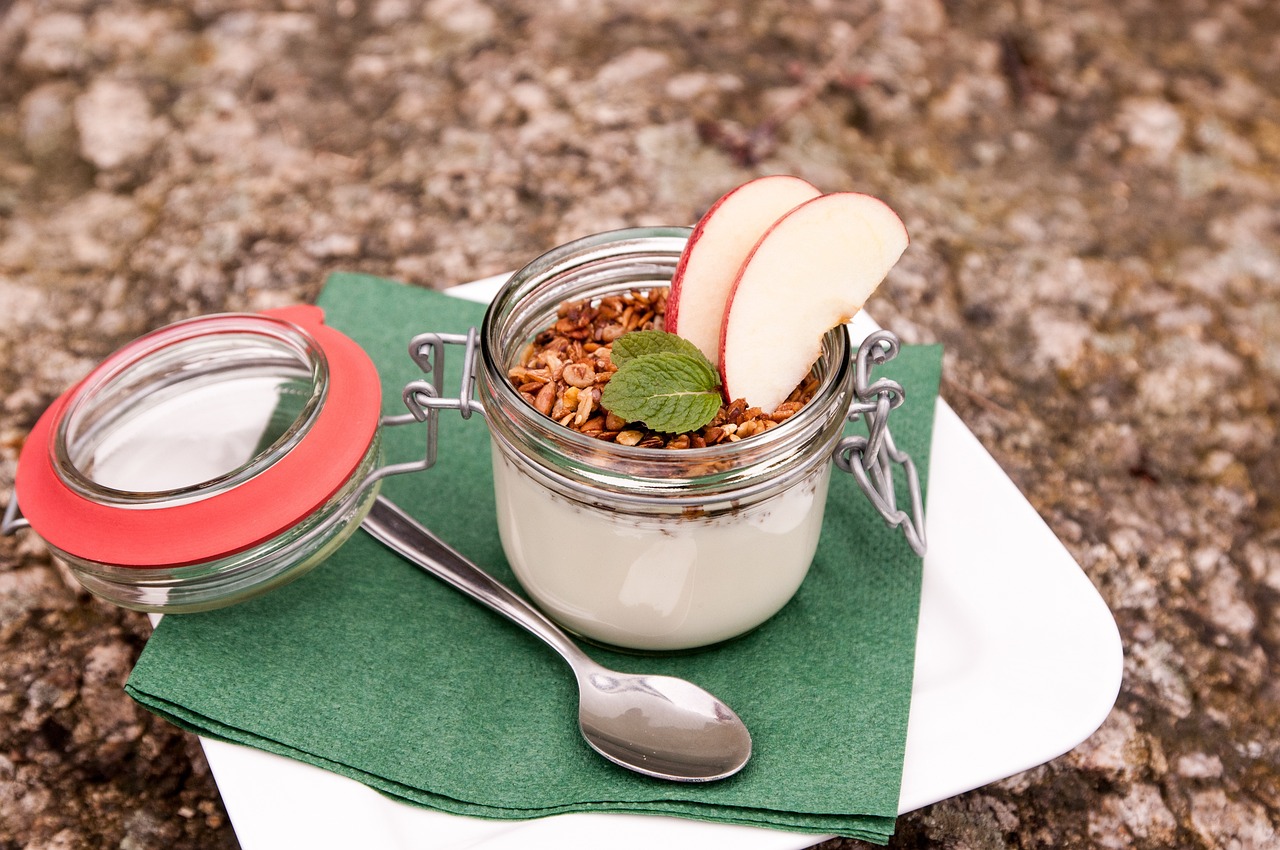“`html
In the ever-evolving landscape of health and nutrition, portion control has emerged as a pivotal strategy for individuals seeking to manage their weight and adopt healthier eating habits. The increasing prevalence of obesity and related health issues emphasizes the need for effective dietary approaches, and understanding portion size is fundamental to achieving dietary goals. This blog post delves into the principles of portion control, examining its importance, techniques, and practical applications to help you navigate your eating habits successfully.
Understanding Portion Control
What is Portion Control?
Portion control refers to the practice of managing the amount of food one consumes at a meal. This can be influenced by various factors, including individual needs, types of food, and dietary goals. Effective portion control helps individuals regulate caloric intake and maintain a balanced diet.
The Importance of Portion Control
Understanding the importance of portion control can empower individuals to take charge of their eating habits. Consider the following points:
- Weight Management: Studies show that portion sizes have increased significantly over the past few decades. By controlling portions, individuals can manage their weight more effectively.
- Nutritional Balance: Portion control encourages a balanced intake of different food groups, promoting overall health.
- Mindful Eating: Practicing portion control fosters a more mindful approach to eating, allowing individuals to appreciate their food and recognize hunger cues.
Effective Strategies for Portion Control
Measuring Portions
One of the simplest ways to manage portions is by measuring food. Here are some practical tips:
- Use measuring cups or kitchen scales to determine appropriate serving sizes.
- Refer to food labels for serving size guidelines.
Plate and Bowl Size
The size of the dishes you use can greatly influence portion sizes. Here’s how to utilize this technique effectively:
- Select smaller plates and bowls to naturally limit the amount of food you serve.
- Avoid using oversized serving utensils, which can lead to larger portions.
Visual Comparisons
Using visual cues can also aid in portion control. Here are some examples:
- A serving of meat should roughly be the size of a deck of cards.
- A serving of pasta should be about the size of a baseball.
These simple comparisons can assist in estimating appropriate portion sizes without the need for measuring tools.
Mindful Eating Techniques
The Role of Mindfulness in Eating
Integrating mindfulness into your eating habits can lead to more intuitive portion control. Follow these practices:
- Eat without distractions, such as phones or television.
- Take your time to savor each bite, which can promote satisfaction with smaller portions.
Listening to Your Body
Paying attention to your body’s signals is crucial in portion control:
- Recognize hunger and fullness cues to determine when to eat and when to stop.
- Consider starting with a small portion and waiting for 10-15 minutes before deciding to get more.
Overcoming Challenges in Portion Control
Common Pitfalls and Solutions
Despite understanding the importance of portion control, several challenges may arise. Here are common pitfalls and how to overcome them:
- Mindless Snacking: Keep track of snack sizes by pre-portioning snacks in small containers.
- Social Situations: At gatherings, make a conscious effort to use small plates and fill half your plate with vegetables.
Setting Realistic Goals
When aiming to improve portion control, it’s essential to set achievable targets:
- Start by reducing portions by 10-20% at meals.
- Gradually incorporate new portion sizes to allow your body to adjust.
Conclusion
Portion control is not merely a method for managing weight; it is a vital skill that promotes a healthier relationship with food. By applying the strategies outlined in this post—such as measuring portions, utilizing mindful eating techniques, and overcoming common pitfalls—you can take significant steps toward achieving your dietary goals. Remember, successful portion control can lead to improved nutrition, enhanced well-being, and a more enjoyable eating experience. Begin today to take charge of your portions and enjoy the numerous benefits it brings!
“`






